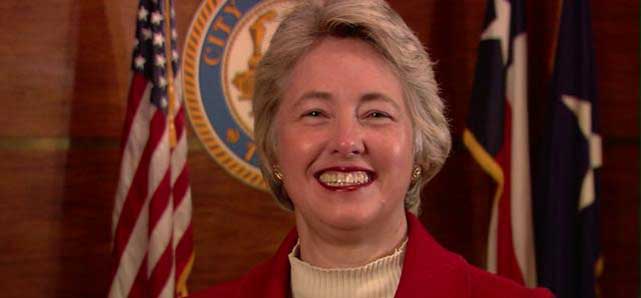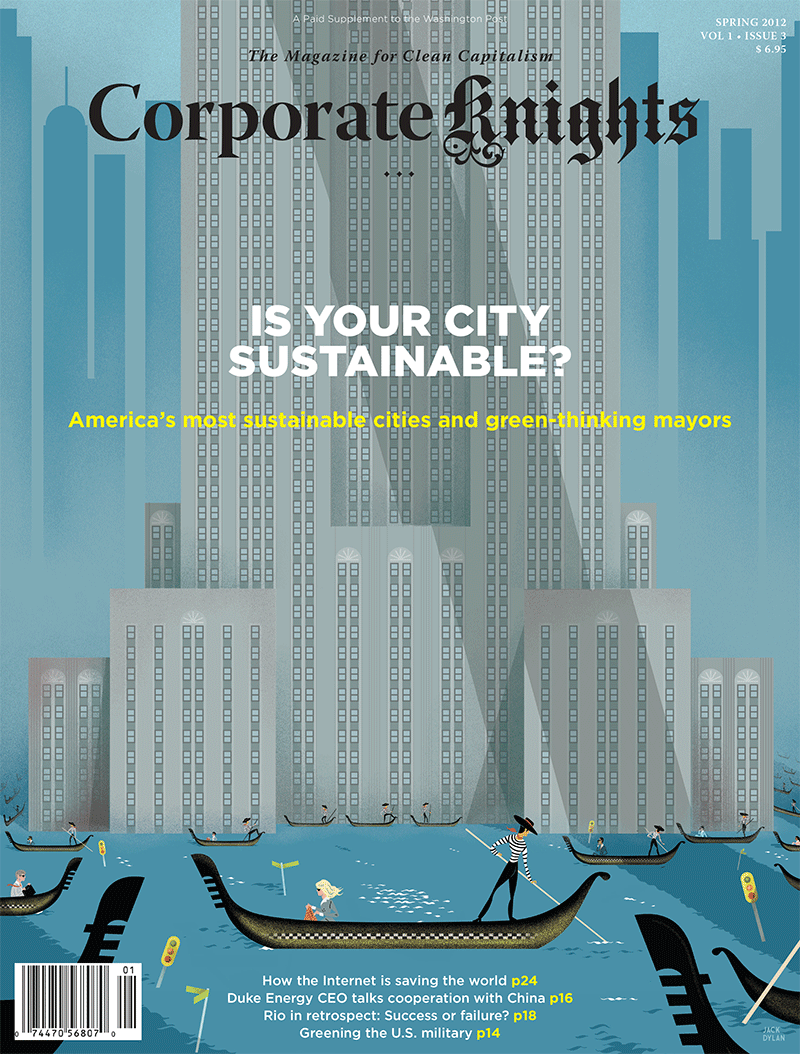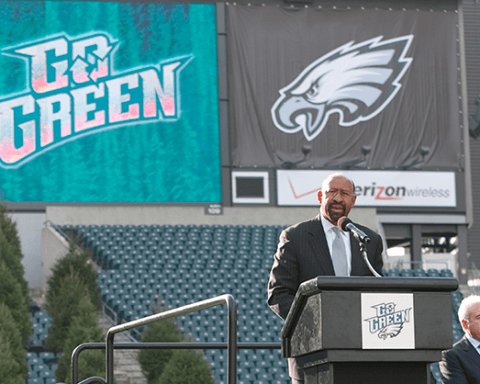Cowboy-boot wearing, steak-eating, oil and gas extracting men with big trucks and a deep distrust of gays and lesbians. Oh, and they don’t believe in man-made climate change.
There’s no shortage of Texas stereotypes. Some may hold a kernel of truth, but a closer inspection of the Lone Star State reveals many progressive inclinations, particularly at the municipal level.
Look no further than our Green Cities ranking for 2012. Of the 55 municipalities ranked, seven of them are in Texas. And in Houston, which is tied for 39th place with three other cities, citizens went so far as to elect the first openly gay mayor of a U.S. city.
But Mayor Annise Parker’s sexual orientation is not what has defined her two and a half years in office; nor was it a barrier to her re-election in late 2011. If anything, she’s known more for being Houston’s green mayor than as its gay mayor.
Under Parker’s watch, Houston has implemented a number of green building, vehicle and infrastructure programs that have won the city accolades. The U.S. Conference of Mayors, for example, chose Parker as one of two winners of its 2011 Climate Protection Award.
Houston has the fifth-largest number of LEED-certified buildings in the U.S., according to the Environmental Protection Agency, which also ranks the city seventh for buildings that are Energy Star-certified. Laura Spanjian, Houston’s director of sustainability, said Parker’s goal is to be No. 1 in the country for both LEED (Leadership in Energy and Environmental Design) and Energy Star.
On top of this, an energy-incentive program for building owners and managers is helping accelerate building retrofits, and more than 80 of the city’s own buildings have benefited from energy-efficiency projects. “We’re able to pay off the initial investment with utility savings,” explained Spanjian. “Most of the projects have a return on investment of under 10 years, so it’s been a real success for us.”
Houston, meanwhile, has positioned itself as the largest municipal purchaser of renewable energy in the country. It gets about a third of its supply from wind power, which is supporting one of the largest electric-vehicle programs in the country. Dozens of EV charging stations are being deployed across the city to support the initiative, and Houston has added 40 pure EVs to its own fleet.
To get more people out of cars, a bike-share pilot program was launched in the downtown core. To promote healthier eating, the city saw its first urban garden established downtown and created a farmer’s market in front of city hall. Up next is a program for building gardens in underserved communities, allowing families to own plots of land that can be used to grow vegetables for sale or home use.
Have Parker’s green initiatives faced much resistance? “Houston is considered the oil and gas capital of the world, so sometimes we butt heads against the private sector as we do this stuff,” said Spanjian. “We’re just trying to do as much as we can with as little time we have.”
For her part, Parker believes green cities are just as much about attitude as they are about policy and infrastructure. It’s not enough, she recently said at a city event, to just purchase an electric vehicle or retrofit a building. “It’s more about rethinking everything that we do.”
The same applies to old stereotypes.
Click here to go back to the ranking landing page.







